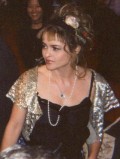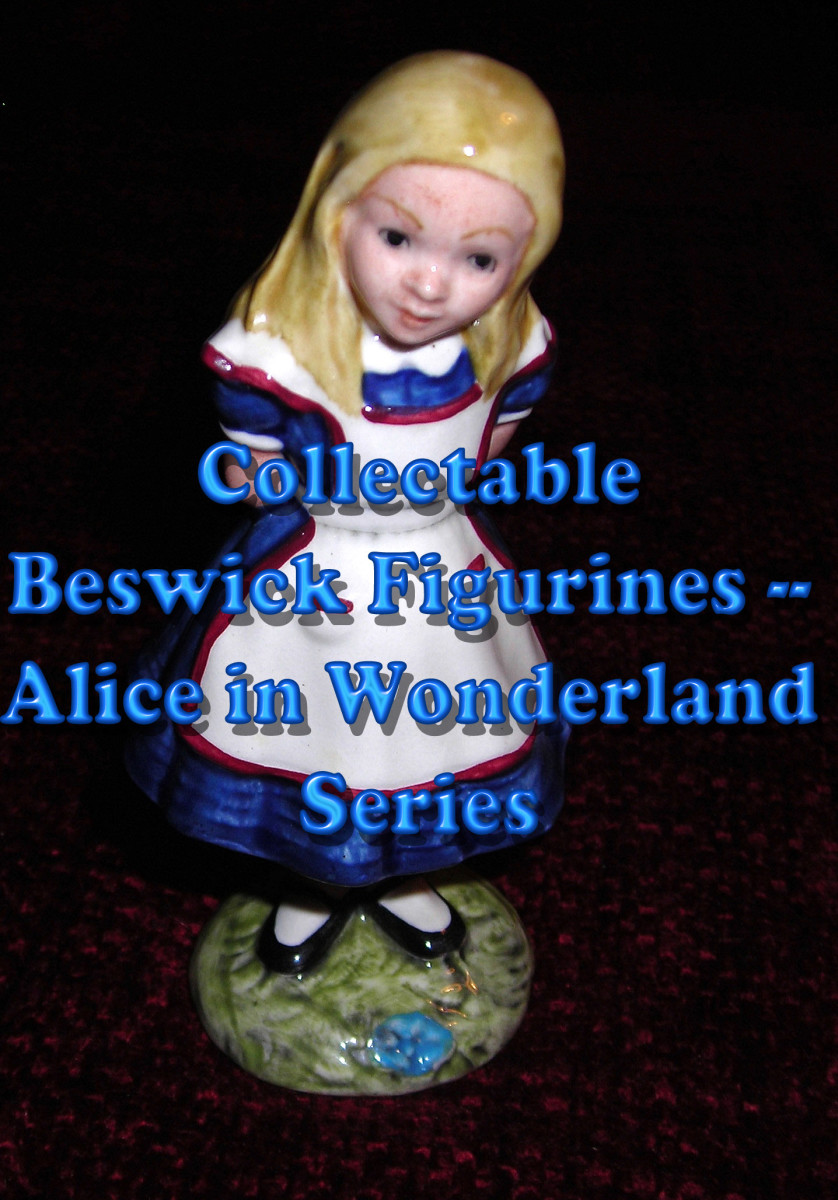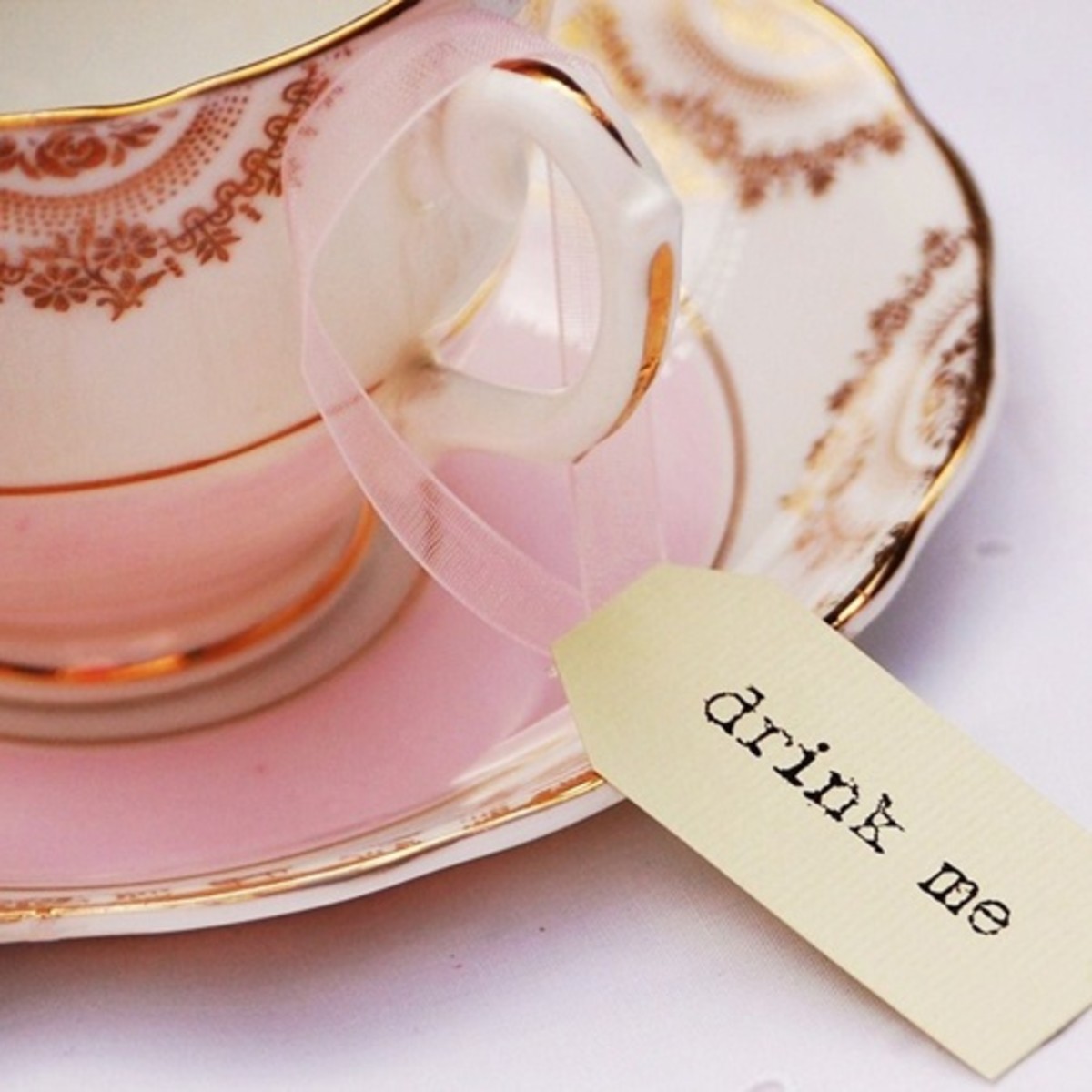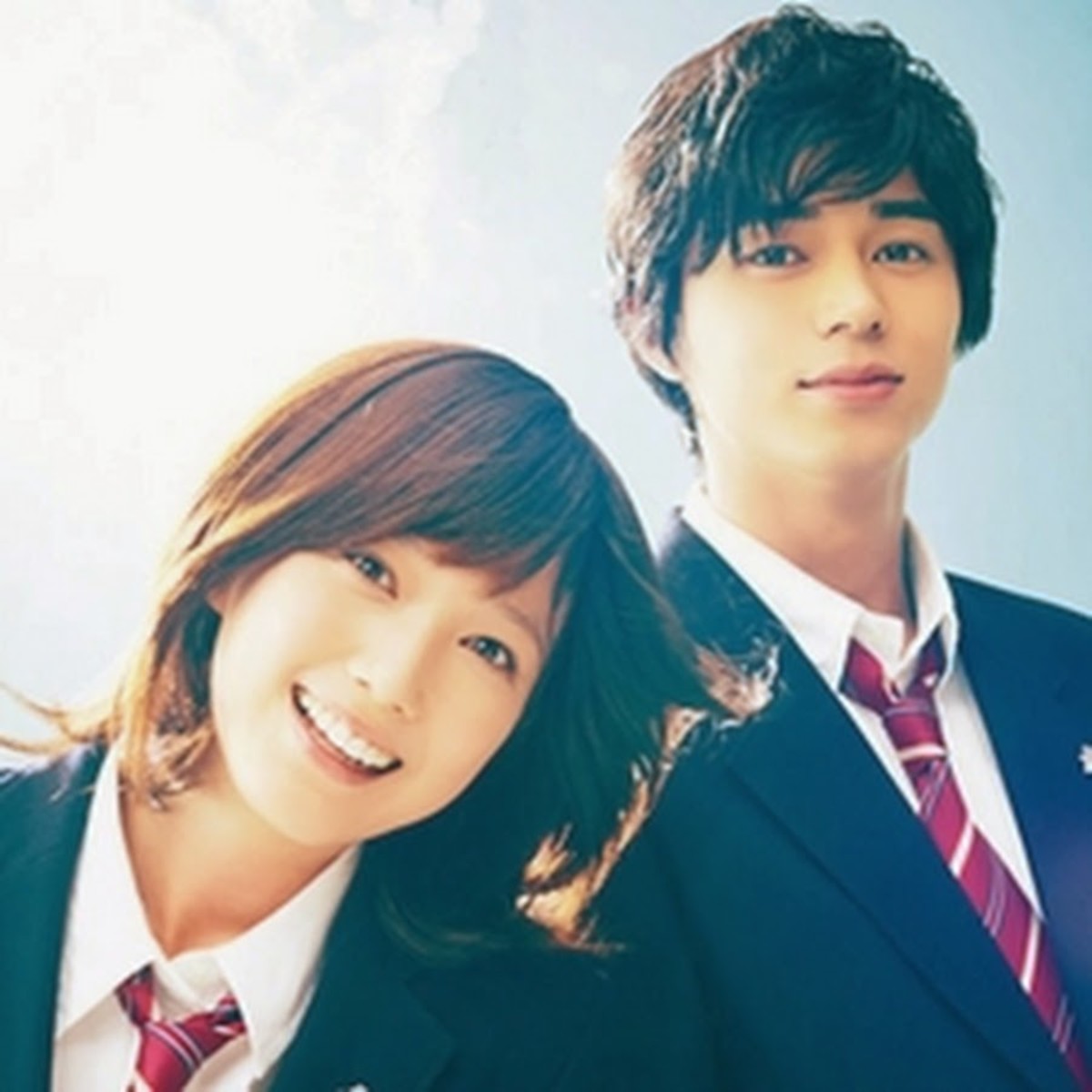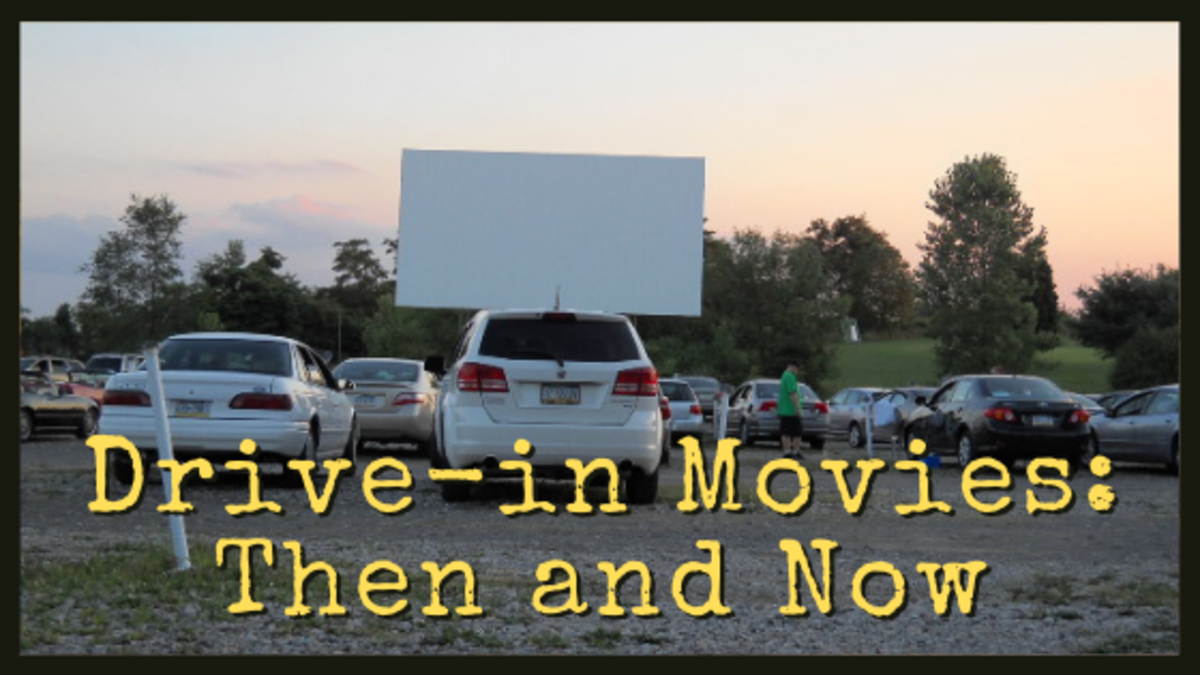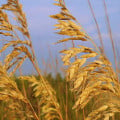Page to Screen: Disney's Alice in Wonderland (1951)
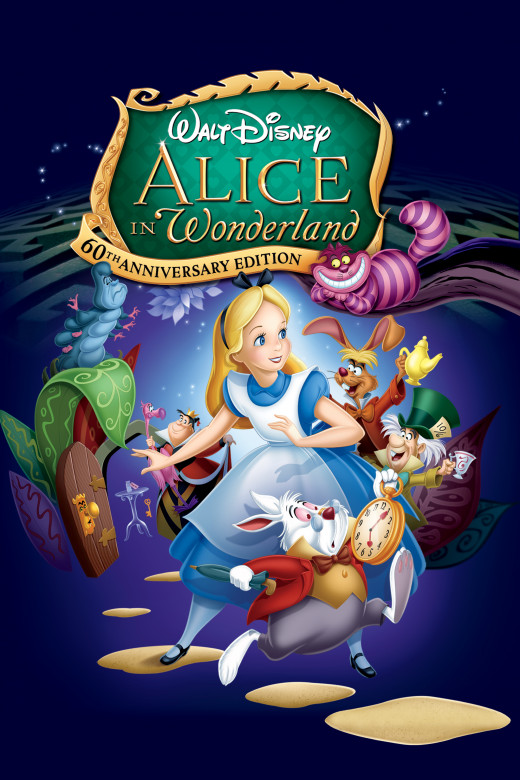
The Film
One of Disney's earliest animated classics, this iteration of Alice Adventures in Wonderland was released in 1951. This film was about 20 years in development, as Disney had been trying to create this iteration since the 1930's. While originally poorly received, it's been a huge cult classic in more recent times and is cited as the de facto best adaptation of the original story. Also, since it's a Disney animated film, there's plenty of music, all which is largely pulled lyrically word for word from the source material.
Unlike many other adaptations, there is no new obvious plot inserted into this story, as it goes very much in tune with the original story's nonsensical themes. However, like most other adaptations of Lewis Carroll's most famous works, it uses both original Alice books as source materials liberally.
The Books
The subject books that are used as source material for Tim Burton's Alice in Wonderland are Alice's Adventures in Wonderland (1865) & Through the Looking Glass and What Alice Found There (1871). Both works were written by Charles Lutwidge Dodgson, known better by his pen name Lewis Carrol, and are classified as literary nonsense, filled with talking, anthropomorphic animals and plants, puzzling scenarios that force one to change size, and excellent wordplay.
As such, there's barely a plotline that involves Alice trying to find her way home (in the first book) and in the sequel she's trying to be crowned Queen. Nonetheless, the words and characters (supported by John Tenniel's iconic illustrations) are hard to forget and likely to charm their audience. That goes to explain why so many cinematic adaptations are made off this source material.
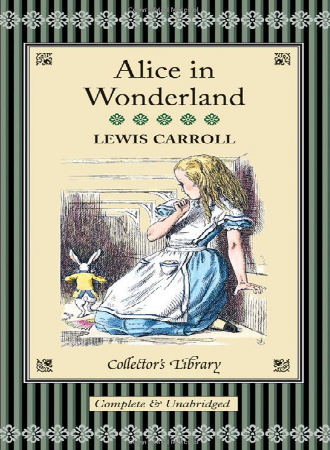
The Adaptation
Where's the Cat?
In the film, the cat is is outside and is a visible character. In the book, it's only mentioned and is inside the 'house,' completely irrelevant aside from a 10 year old girl occasionally mentioning her in a story where she talks with herself at great length at all times. It's a small thing really.
At the bottom of the Rabbit Hole
The film gives an actual personality to the doorknob, which is otherwise just an ordinary, not a speaking or animated character at all. In the film the doorknob tells her about the Queen's garden on the other side, revealing the White Rabbit racing through. When telling her she can't make it because she's too big, he then guides her into drinking unidentified liquids and eating mysterious pastries, all that manipulate her size.
In the book, Alice is alone with no one to talk to but herself. Instead of plopping down in a circular room with a single door and table, she is in a hallway filled with doors, all locked. She sees the garden at the other side of the main door in question before she begins to play around with the strange edible substances. Though, like the film that it inspires, she begins weeping in her giant form, causing a great flood that eventually serves as her next form of transportation (before she meets a rat she scares by talking about her cat in French).
There's also a stark contrast between what drives Alice in book and film. In the book, she's determined to get to the Queen's Garden, while in the book she's constantly pursuing the White Rabbit until said garden.
Discussion of 'Puberty'
As a Disney film, it really doesn't really discuss Alice's body changes. Some remnants still remain in the film but are given different points of relevance. In the book, it's one of the more apparent yet still subtle overarching themes of the story as Alice questions her body changes (in regards to shrinking and growing in size, as well as gaining an extremely long neck) and doesn't feel quite like herself at all. If told about the theme of understanding puberty while watching this film, it's more apparent but otherwise accepted when she discusses that she doesn't quite know who she is to the Caterpillar.
After Leaving the White Rabbit's House
In the book, Alice is attacked by a puppy (who is enormous because Alice is tiny). She distracts it by throwing a stick.
The Caterpillar doesn't turn into a Butterfly in the Book
And that's all I have to say about that.
The Duchess is Missing from Croquet
While she makes no appearance in the film, she's a very important character during the croquet and before the trial. Since the Cheshire Cat appears and plays pranks, it's Alice who is accused in the film. However, the Cheshire Cat is 'caught' and an argument starts due to the impossibility of beheading a floating head, so the Duchess (the cat's owner) is called in to help the matter.
The Trial Differences
Alice in the film is on trial, where the Knave of Hearts is the defendant in the book. While Alice grows in both mediums, it's caused by the pocketed mushrooms in the film. In the book (to go along with the theme of puberty and growing), Alice grows naturally and steadily before towering over the court.
Alice is smarter in the book
It's a little thing but while lost in the woods, Alice is frustrated and breaks down in tears in the film. She's eventually helped by the Cheshire Cat. In the book however, Alice uses her book smarts from school to figure out a clear direction and leads herself out on her own.
No Tweedles, Eating Oysters, Talking Flowers, Tulgey Woods, or Unbirthdays
It's one of those common adaptation traits to include some (if not all) of these elements from Through the Looking Glass and What Alice Found There. However, if you're a purist by the title of the film, these aren't included in the original book.
For nolstagic purposes, the trailer for Disney's Alice in Wonderland
Closing Thoughts
You know, it's hard to hate this if you're a fan of the book. It's so spot on. The 'plot' of Alice in Wonderland does not make a good movie, or at least the makers in Hollywood seem to think so. You've got a little girl who goes from place to place, meeting random people and creatures that have the slimmest connection among them. Everything's got to have a plot. Alice must defeat a creature in one-on-one combat, Alice must free a land of drunken stupor from an evil tyrant, and so on and so forth. This adaptation takes on the very natural essence that this story has to offer.
Disney has an infectious quality in most of their works, making classics in so many of their original animated classics. This one's no different, but unlike Burton's 2010 adaptation, this one stays true to the source without trying to infuse it with some other element.
Book vs. Movie
For those of you who read the book and watched the movie, what did you prefer?
Further Reading
For more Alice in Wonderland adaptations, you can check out my commentary on Tim Burton's Alice in Wonderland (2010) or another popular adaptation in the 1999 version. You can read also commentary on the Page-to-Game adaptation in American McGee's Alice series. Also, there's the other, lesser known adaptation that this director also had a hand in, Alice (2009).
You can read more varied Page to Screen adaptation commentaries if you click here.

